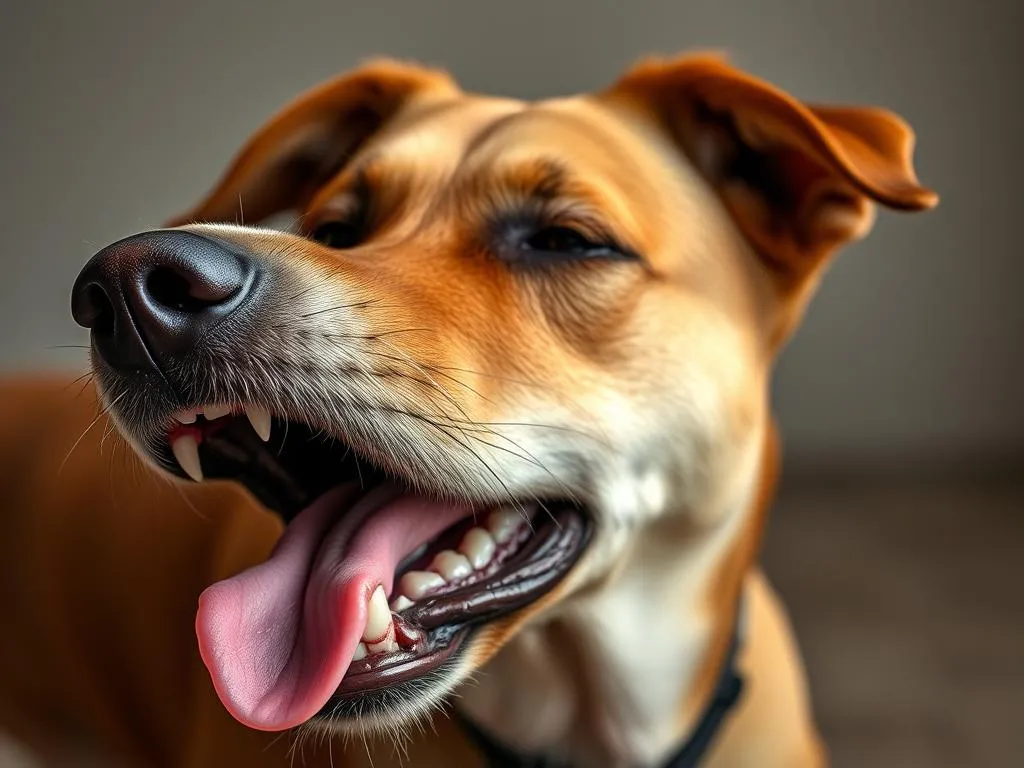
Dogs are often seen scratching and nibbling at themselves, a behavior that can be both amusing and concerning for pet owners. However, when this self-biting becomes excessive, it raises alarms about their health and emotional well-being. Understanding why dogs bite themselves is essential for any dog owner to ensure their furry friends live happy, healthy lives.
Common Reasons Dogs Bite Themselves
Allergies
One of the primary reasons dogs engage in self-biting is due to allergies. These can be categorized into two main types: food allergies and environmental allergies.
-
Food Allergies: Just like humans, dogs can develop allergies to certain food ingredients. Common culprits include beef, chicken, dairy, and wheat. When a dog consumes these allergens, they may experience itchy skin, leading to self-biting as a means to alleviate discomfort.
-
Environmental Allergies: Dogs can also suffer from allergies triggered by environmental factors. Pollen, dust mites, mold, and certain grasses can cause allergic reactions. Symptoms often include itchy skin, red eyes, and frequent scratching or biting.
Fleas and Parasites
Another common cause for dogs biting themselves is the presence of fleas and other parasites.
-
Flea Infestations: Fleas can cause intense itching and discomfort, leading to excessive scratching and biting. A single flea can trigger a strong allergic reaction in some dogs, resulting in biting areas where fleas are present.
-
Other Parasites: In addition to fleas, ticks, mites, and worms can also affect a dog’s skin health. Conditions like mange, caused by mites, lead dogs to bite at their skin to relieve itching, which can exacerbate the condition and lead to infections.
Skin Conditions
Various skin conditions can also cause dogs to bite themselves.
-
Dermatitis: This term encompasses several skin issues, including contact dermatitis (caused by irritants) and atopic dermatitis (caused by allergens). Dogs suffering from dermatitis often bite and scratch in an attempt to soothe their irritated skin.
-
Hot Spots: These are localized areas of inflammation and infection on the skin, typically caused by excessive licking or scratching. They can develop quickly and may require veterinary intervention to heal properly.
Anxiety and Stress
Psychological factors can significantly impact a dog’s behavior, leading to self-biting.
-
Separation Anxiety: Dogs that experience separation anxiety may resort to self-destructive behaviors, including biting themselves, when left alone. This behavior is often a coping mechanism for their stress.
-
Boredom: Dogs need mental and physical stimulation. A lack of exercise or interactive play can lead to boredom, prompting self-biting as an outlet for their pent-up energy.
Identifying the Symptoms
Understanding the symptoms associated with self-biting can help determine the underlying cause and the necessary steps to take.
Physical Indicators
Several physical signs may indicate that a dog is biting itself excessively:
-
Bald Patches: Areas where fur is missing can indicate that a dog is biting or scratching itself too much. These patches are often localized and can become more pronounced over time.
-
Redness and Inflammation: Signs of irritation, such as redness or swelling in the affected areas, are clear indicators that a dog is experiencing discomfort. In some cases, this can lead to secondary infections.
Behavioral Indicators
Behavioral changes can also provide insight into a dog’s well-being:
-
Increased Licking or Chewing: If a dog is obsessively licking or chewing certain areas, it may indicate discomfort or anxiety. This behavior often becomes repetitive and compulsive.
-
Changes in Activity Levels: A noticeable decrease in playfulness or an increase in lethargy can signal underlying health issues. If a normally active dog suddenly becomes withdrawn, it may be a sign that something is wrong.
When to Seek Veterinary Help
It’s crucial to know when self-biting becomes a concern warranting veterinary attention.
Persistent Biting
-
Duration of Behavior: If a dog continues to bite itself for an extended period, it’s essential to consult a veterinarian. Chronic self-biting can lead to severe skin damage and infections.
-
Increased Frequency: An uptick in the frequency of self-biting can signal that a dog is experiencing heightened discomfort or stress, requiring further investigation.
Signs of Infection
-
Foul Odor: An unusual or foul smell emanating from the affected areas can indicate an infection. This condition requires prompt veterinary attention to prevent further complications.
-
Discharge: Any type of discharge from the skin, whether clear, yellow, or bloody, is a clear warning sign that a dog needs to see a veterinarian immediately.
Steps to Manage and Prevent Self-Biting
There are several proactive steps pet owners can take to manage and prevent excessive self-biting in dogs.
Consult with a Veterinarian
-
Diagnosis: During a veterinary visit, the veterinarian will conduct a thorough examination. This may include skin scrapings, allergy tests, or blood work to determine the underlying cause of the self-biting.
-
Treatment Options: Depending on the diagnosis, treatment options may vary. Medications, topical treatments, or dietary changes could be necessary to address the underlying issues.
Environmental Adjustments
-
Flea Control: Regularly treating your dog for fleas and maintaining a clean living environment can prevent infestations. Consider using flea collars, topical treatments, or oral medications as recommended by your veterinarian.
-
Allergen Management: Identifying and minimizing exposure to allergens can significantly improve a dog’s quality of life. This may involve changing diets, using air purifiers, or implementing regular cleaning routines.
Behavioral Modifications
-
Exercise and Stimulation: Increasing physical exercise and mental stimulation can help alleviate boredom and anxiety in dogs. Activities like daily walks, interactive toys, and playtime can make a significant difference.
-
Training Techniques: Positive reinforcement training can help dogs learn to manage their anxiety and reduce self-biting behaviors. Teaching alternative behaviors or commands can redirect their focus.
Understanding Dog Behavior Holistically
To fully address self-biting in dogs, it’s important to take a holistic approach to their health and well-being.
The Role of Nutrition
-
Dietary Impact: Nutrition plays a critical role in a dog’s overall health, including skin health. Providing a balanced diet rich in essential fatty acids, antioxidants, and vitamins can improve coat condition and reduce allergy symptoms.
-
Supplements: Certain supplements, such as omega-3 fatty acids, can help improve skin health and reduce inflammation. Consult your veterinarian for recommendations tailored to your dog’s needs.
Emotional Well-being
-
Socialization: Regular interaction with other pets and people is vital for a dog’s emotional health. Socialization helps reduce anxiety and encourages positive behaviors.
-
Mental Health: Providing mental stimulation through training, puzzle toys, and varied activities can help keep a dog’s mind engaged and reduce stress-related behaviors.
Conclusion
Understanding why dogs bite themselves is crucial for maintaining your pet’s health and happiness. From allergies and parasites to anxiety and boredom, various factors can contribute to this behavior. By recognizing the symptoms, seeking veterinary help when necessary, and implementing preventive measures, pet owners can help their dogs lead healthier lives. Observing your dog closely and taking appropriate action when self-biting occurs can make a significant difference in their well-being and quality of life.









